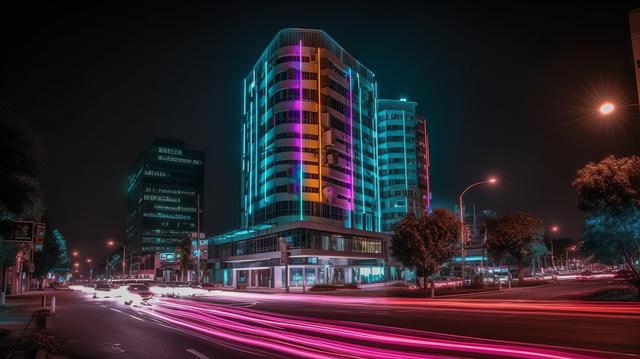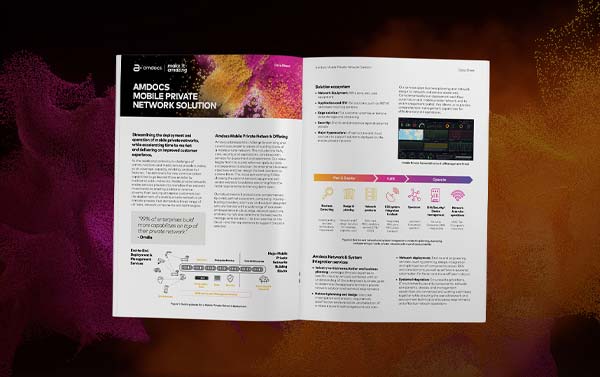In the rapidly evolving telecom landscape, operators face a daunting challenge: how to expand capacity and improve performance while minimizing costs and reducing environmental impact. For Claro Argentina, meeting this challenge head-on meant rethinking how their mobile network was engineered and operated.
The solution? A bold partnership with Amdocs that delivered breakthrough results - earning the prestigious TM Forum Excellence Award for innovation in People & Planet.
The Challenge: A Balancing Act Between Performance, Cost, and Sustainability
Radio Access Network (RAN) equipment typically accounts for around 80% of a mobile network’s energy consumption. Claro Argentina, like many operators worldwide, was grappling with the rising costs of maintaining legacy infrastructure while needing to expand capacity for ever-increasing user demand.
Traditional energy-saving approaches - like shutting down hardware during off-peak hours - offer only temporary relief. They don’t address underlying inefficiencies, such as outdated configurations or underutilized equipment. Nor do they solve the financial strain of investing in upgrades while managing OPEX and CAPEX constraints.
Claro wanted to go further:
- Move beyond just energy reduction to actual energy efficiency
- Use data and analytics to identify redundant equipment
- Maintain - or even improve - network performance
- Deliver measurable, lasting results
The Solution: Data, AI, and Precision Network Planning
To deliver on this ambitious vision, Claro’s RAN Engineering team joined forces with Amdocs’ Mobile Network Services group. Together, they launched an innovative initiative built on deep network insight and intelligent automation.
The first step was capturing and aggregating data from across the network - everything from hardware inventories and software configurations to historical traffic trends, site layouts, and energy consumption metrics.
From there, the team:
- Analyzed performance metrics to detect inefficiencies
- Cross-referenced inventory data to pinpoint underused or redundant hardware
- Applied AI models, using tools like Facebook’s Prophet, to forecast network growth and optimize configurations in line with Claro’s business and performance goals
The outcome was a carefully crafted network transformation plan that aligned operational, environmental, and financial targets.
Execution: Smarter Deployment, Stronger Network
With the plan in place, Amdocs provided full Network Planning and Network Deployment Services to implement the new configurations. Crucially, the transformation was carried out without disrupting service, maintaining high levels of performance and user experience throughout.
But this wasn’t just a cleanup exercise. The network that emerged was leaner, smarter, and faster.
The Results: Sustainable, Scalable, and Award-Winning
The results of the Claro-Amdocs collaboration have been nothing short of extraordinary:
- 35% reduction in energy usage in baseband units
- 40% increase in LTE downlink cell throughput at certain sites
- Thousands of hardware components removed, now available for reuse - saving millions in future CAPEX
- Zero compromise on performance; in fact, performance improved
For Claro Argentina, this meant achieving sustainability goals without sacrificing user experience. For Amdocs, it was further proof of how AI and automation can drive smarter, greener telecom operations.
What’s Next? Phase 2 Is Already in Motion
Encouraged by the success of the first phase, Claro Argentina and Amdocs are already planning the next chapter in this transformation. As networks become more complex and demands continue to grow, this kind of intelligent, collaborative innovation is set to become the new benchmark.
This project illustrates a powerful truth: with the right approach, sustainability doesn’t have to be a trade-off. It can be a driver of performance and profitability







